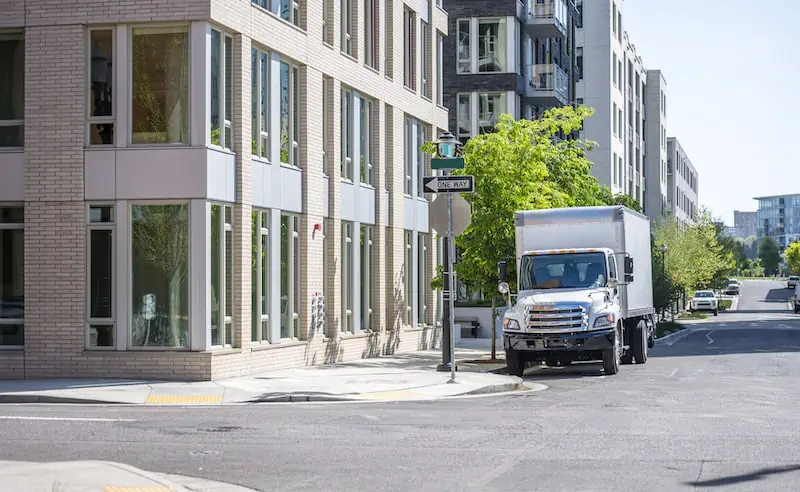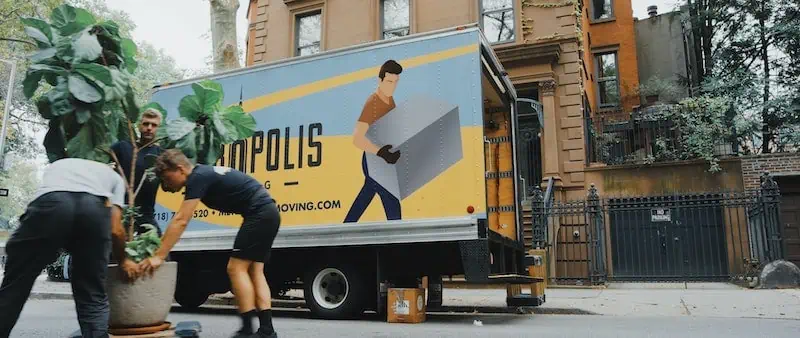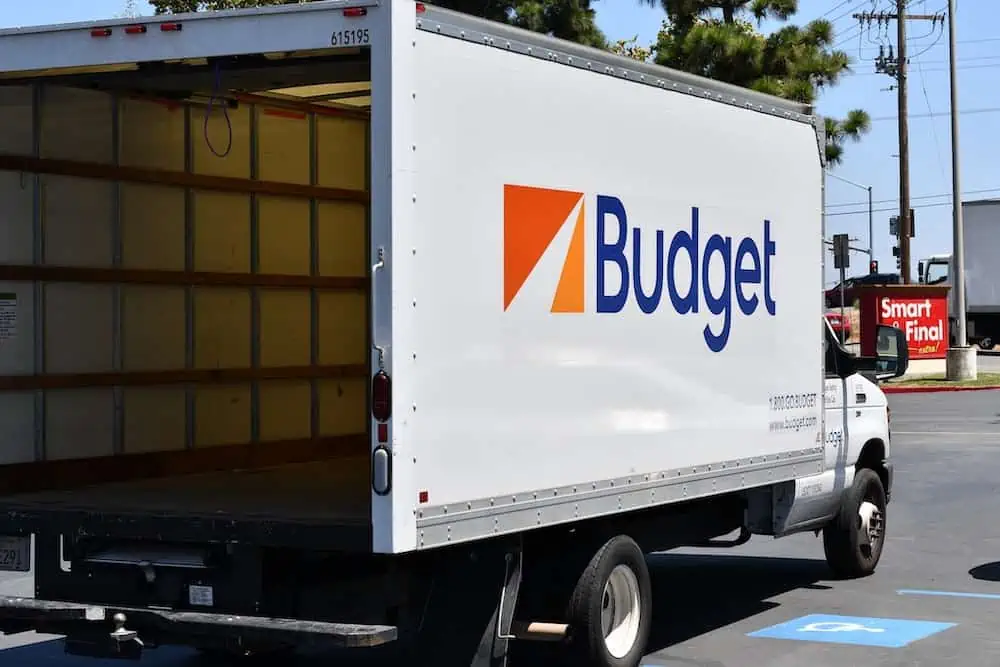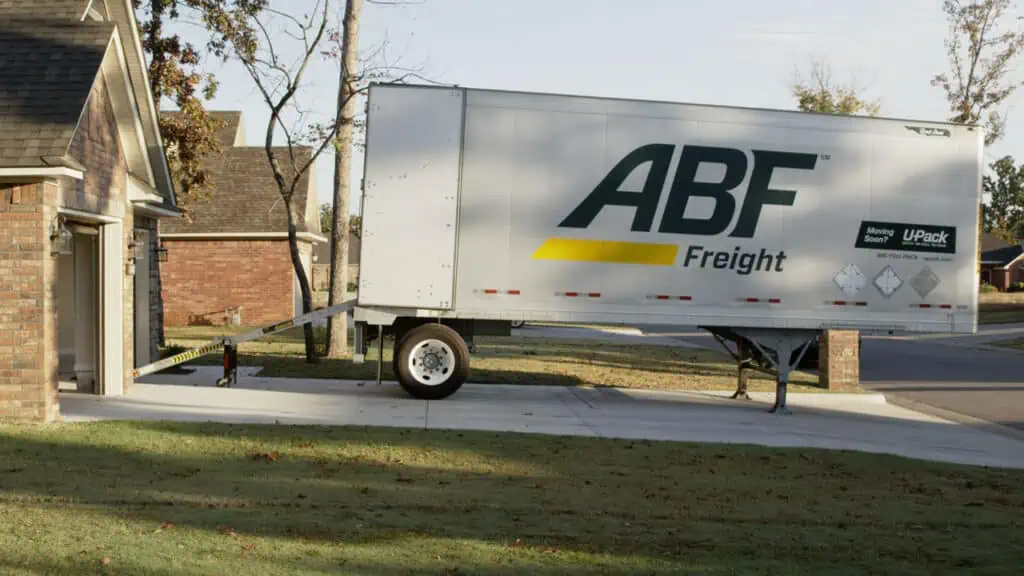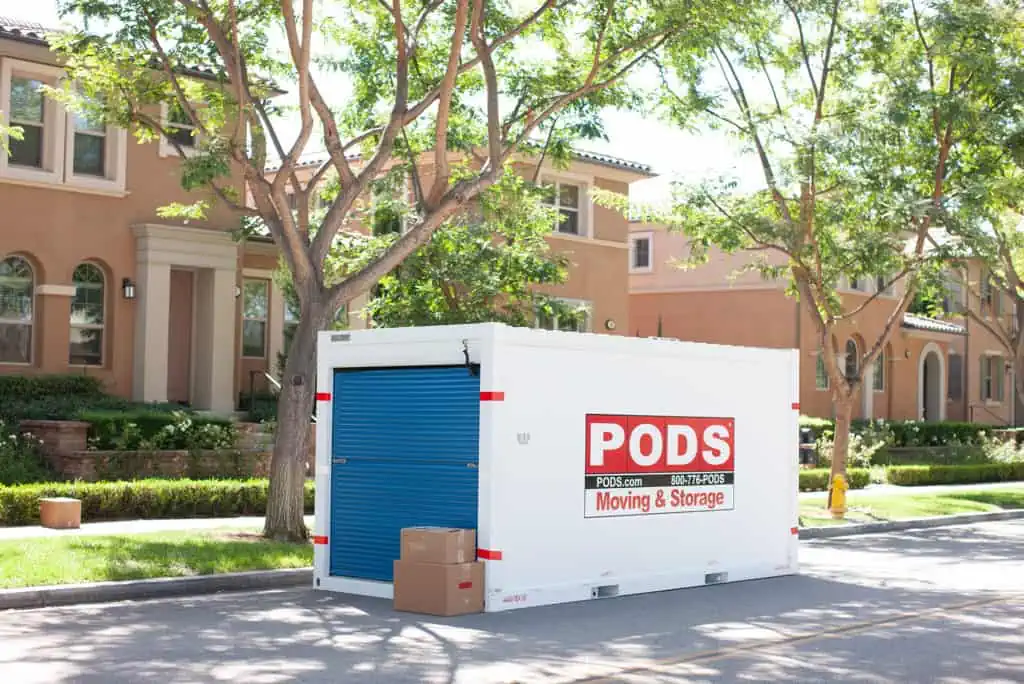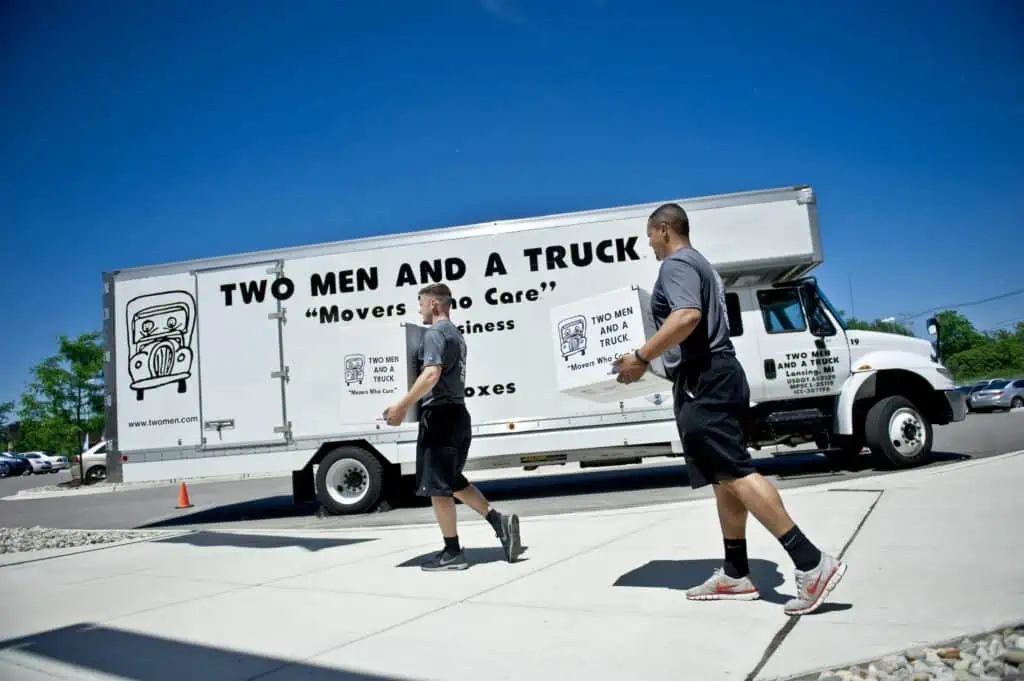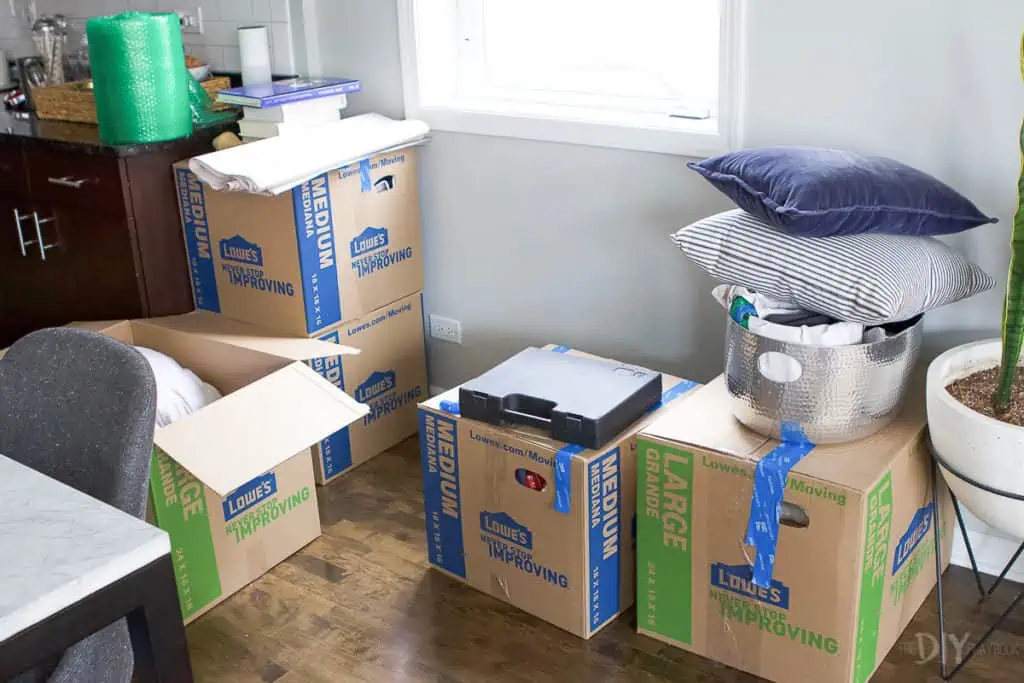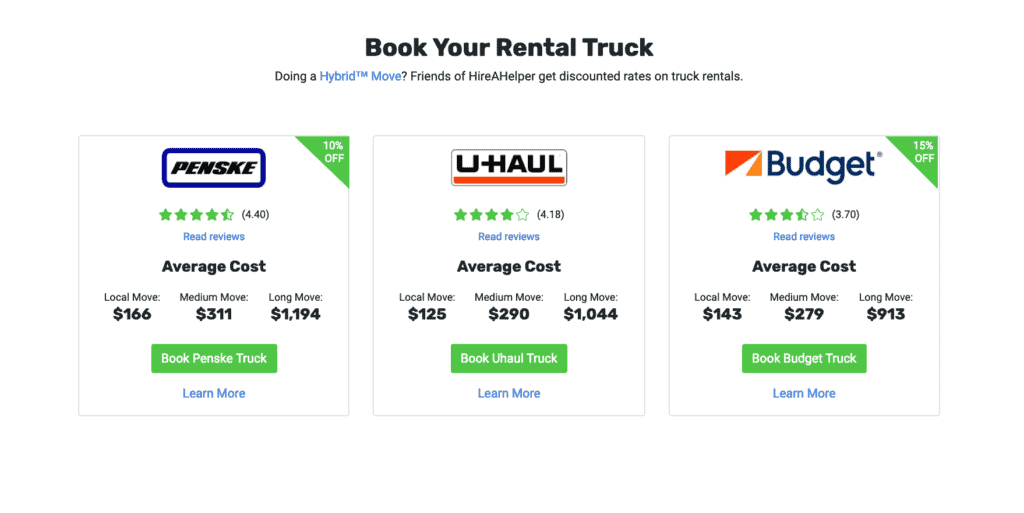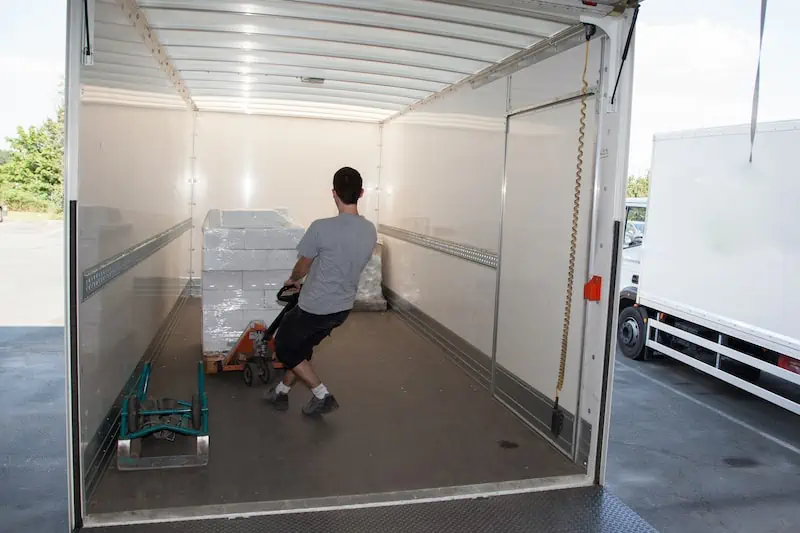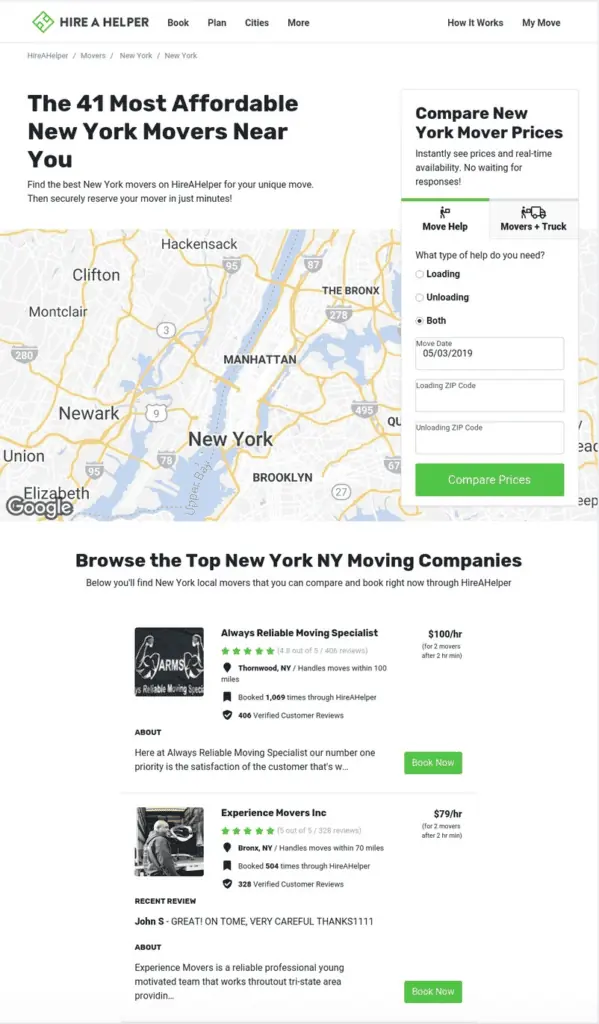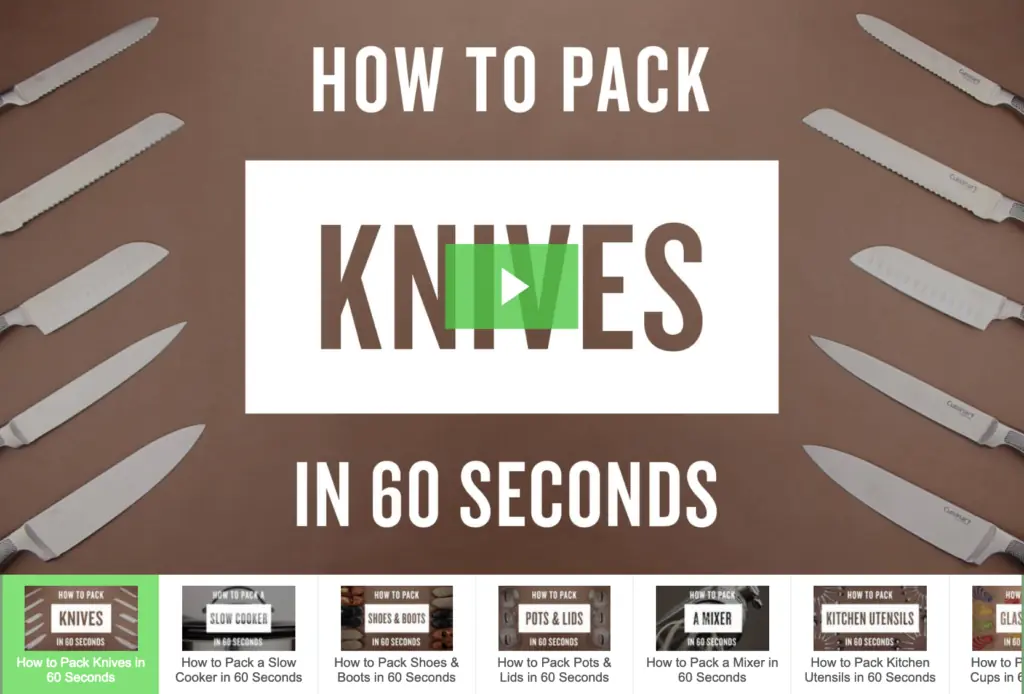So, you’re one of the bold souls that’s moving during the summer, huh?
Don’t worry, you are nowhere near alone. The first thing to know is that you are one of literally millions of Americans who are also planning a summer move. The second thing is that this fact means demand for moving services skyrockets from late May to early September… right along with what it’ll cost you to move.
If you didn’t know summer is a crazy time to move, take heart. There are some key ways to save both your summer move and your sanity.
First, match your budget to the three main moving options
There are a bunch of different ways you can move in the summer (and in general). I like to classify them into three broad categories, based on the level of effort and budget people typically have:

DIY Move: This is for those who want to take the bull by the horns. You don’t need to hire a moving truck or movers to help load and load, but you might call family or friends to give you a hand. This is the cheapest way to move, since the expenses may be limited to some moving material and pizza.
Hybrid Move: Mix and match the services you actually need: packing, loading, unloading, and/or renting a truck.
How does it actually work? Let’s say you have all your packing covered, but you don’t want to risk your back by carrying heavy boxes to the moving truck you rented. But at the same time, you also don’t need some giant $4,000 operation. Your best option here is to hire a couple of movers for two hours to do all the heaviest lifting for you. This involves a little more planning, since you may have to get quotes from different places and keep everything on a tight schedule, but it’s still significantly cheaper than going the Full Service route.
(Protip: marketplaces can cross-check your local prices for you.)
Full-Service Move: This option is for those with little time but bigger budgets (or on someone else’s budget, such as corporate relocation). You can hire someone to take care of everything, from packing your stuff to unpacking in your new home. You pay more for your stuff, but then all you really have to do is sit comfortably and watch your moving team take care of everything.
If you’re moving long-distance using any three of these options, you should probably consider if moving containers might be cheaper, as well as if you want to do the long drive yourself. The nitty-gritty details of organizing a long-distance move are collected on Moving 101, which compares all the top moving companies. Check real-time pricing with exclusively verified reviews.
(Stop trusting those bogus moving company reviews off of random Google searches… trust me.)
Make your moving date flexible if you’re adding any kind of moving service
Give yourself as wide a window as possible to make your move. This is absolutely imperative if you want even a shot at saving money.
Some good news is that you don’t have to call around for hours by yourself. A reputable mover marketplace website can give you your pick of vetted movers that have open availability at any point throughout the busy moving season; book one of them for loading and/or unloading a truck or moving container. You can even hire local movers with their own truck they can drive without too much of a scheduling crunch, if it’s for a local move. (There may be hope for your last second long-distance move, too)
If you get movers, a Mover Marketplace eliminates a huge chunk of the typical money sinks
When it comes to moving labor, the highest risk for no-shows, broken trucks, falling behind schedule, or even outright scams occurs in the summer. (This knowledge comes with decades of experience.) If you want to minimize the risk of all that wasted time and money, booking through a well reviewed company like HireAHelper means:
- You will have a Customer Service Representative overlooking your entire move, so you’ll personally have someone in your corner in case anything goes wrong
- You are covered in the case of any accidents
- You will know how much you will pay from the get-go, since a trusted marketplace doesn’t do the “hidden fees” or “additional markups” thing
- You don’t need to release payment until the job is actually done
For the best possible quote, I recommend starting to organize your move at least 6 weeks in advance. To help you actually do such a scary thing, read this ultimate moving checklist. Every little thing, from when exactly to book your movers, to how to get settled in as little time as possible is all there, so you can be sure no tiny detail will slip through the cracks.
To save money on truck rentals…
Trucks require their own special logistics. If you decide to rent one, keep these things in mind to try and shave down your quote:
Do a night pickup
Instead of trying to go pick it up first thing in the morning along with the rest of the world, arrange to pick it up the night before you need it.
This lets you get started as early in the morning as you want, beating the possibility of lower (and thus more expensive) inventory, heat, and the traffic. If you do pick up your truck after dusk though, do bring a flashlight so you can check the truck for existing damage so they can’t nail you for the scratches and dents that were already there. Also check exactly what supplies, if any, are on the truck. You don’t want them to forget the hand truck you requested—and you certainly don’t want them to charge you for taking something that was never there in the first place!
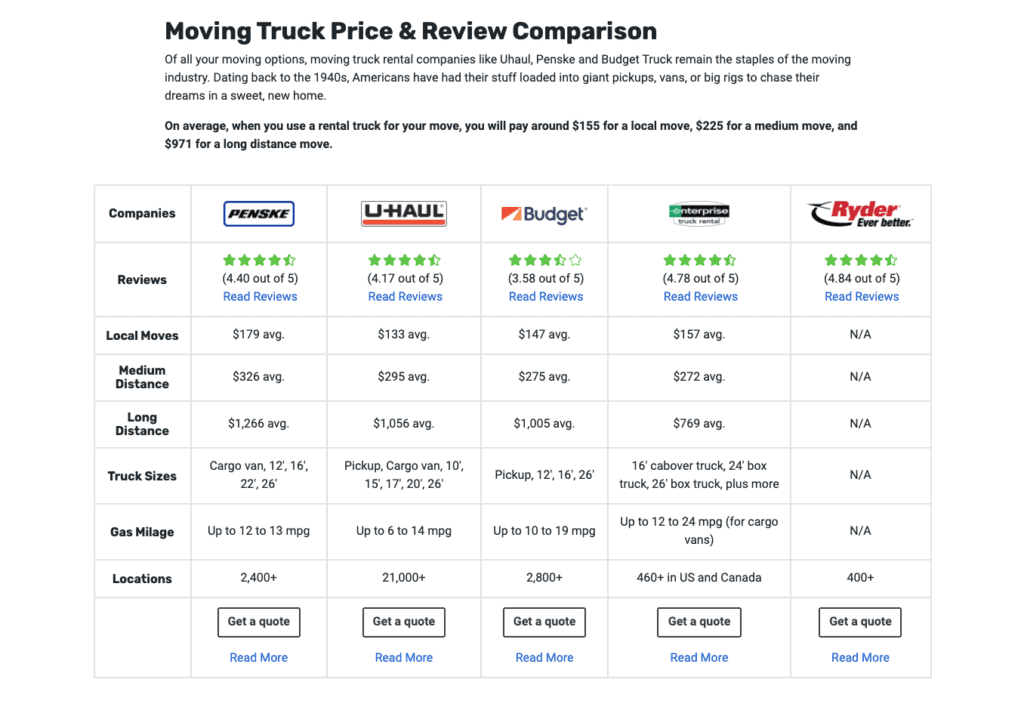
Expand your rental store search parameters
Check locations that may be a bit outside of town. If the company is serving a smaller community than your own, they may be more likely to have a truck available on the day you need it. Also, make sure to check places besides U-Haul; Penske and Budget Truck are often highly competitive, if not cheaper altogether, depending on your circumstance.
Long-distance move? Ask if they need a specific drop off
If you are moving one-way (i.e., dropping your truck off at a location other than the place you picked it up), see if they could use you to drop it off at any particular location in the general area of your new home. Behind the scenes, these truck rental companies have to figure out how to make sure they have enough trucks at each location each day to cover all their reservations. If you can help them out, they’ve been known to sometimes give a nice discount.
Get Help Unloading Your Rental Truck
See prices for movers by the hour—instantly.
Read real customer reviews.
Easily book your help online.
Ask people about their moves on social media
Every local area is honestly completely different. Luckily, people love giving recommendations almost as much as they love giving opinions. You can get both by reaching out on whichever social media platforms you use. Ask your connections what (and who) they know regarding movers, rental trucks, and portable storage companies. Look up reviews of local moving companies near you someplace you can confirm they are real.

Don’t stop there! Social media can also be a great way to sell, donate, or just give stuff away, which will lighten your load. Search for groups in addition to reaching out to your personal connections. When you do post stuff, always include something like “if you know anyone who could use a free dining room table and chairs” or “please feel free to tag/pass this along to someone you think might be interested or able to help”.
Protip: Garage/Yard Sales can be tremendously time-consuming and wildly unpredictable as far as actually getting rid of stuff. If you go for it, consider leaving prices off the less valuable stuff and let people give you whatever they think is fair. (There’s a level of psychology involved that we won’t get into.)
Stop going food shopping
Okay, maybe don’t stop shopping completely. But in most scenarios, there is no value in transporting canned vegetables and dry pasta to your new home. This is advice for any season, but crucial during the hot summer months.
Whether due to gas or a Full-Service quote, the ultimate cost of your move is based on how much your stuff weighs. You’d be better off just giving that extra food to your neighbors.
We have a few suggestions for getting rid of all the food in your kitchen, from planning weekly menus using exclusively what’s in your pantry, to throwing a “house cooling” party for your friends. Read how to professionally dwindle your pantry here.
Eliminate stress by reducing the things around you that get stressed
Get your kids and pets out of the way before they get in yours. You have no idea how much time (and thus, money) this saves.
It’s not like kids are known to make moves more efficient. And a pet is not used to seeing strangers coming in and out of their homes with large boxes, so there’s no way of knowing how they might react. It’s better to either keep them in a secured locked space, or take them over to a friend’s house while all the movers get everything loaded.
Here are some guides on how you can effectively get children and pets ready to start their new lives in a new place, making a stressful summer move as easy as possible.
Summer moves are no picnic, they do require an extra level of organization due to the high demand for moving services. If all else fails, just do a ten-second search to see what options are available to you right this very moment.

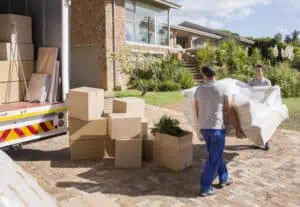




 Nearly a quarter (23%) of those who regret moving feel that way because it meant leaving their previous home. This sentiment is most common among those who moved to save money on housing costs.
Nearly a quarter (23%) of those who regret moving feel that way because it meant leaving their previous home. This sentiment is most common among those who moved to save money on housing costs. Home size (41%) and layout (38%) are the second and third most appreciated aspects of a new residence, while roughly a third pointed out they’re happy about the amenities in their home (32%) and the local area (30%).
Home size (41%) and layout (38%) are the second and third most appreciated aspects of a new residence, while roughly a third pointed out they’re happy about the amenities in their home (32%) and the local area (30%).




